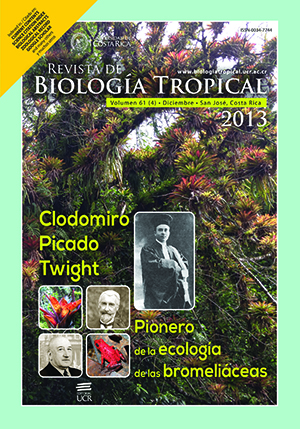Abstract
The order Amphipoda is one of the most diverse within Peracarids, and comprises 6 950 described marine species. Amphipod research in the Caribbean Sea began in the late 1 800s, but has increased significantly since 1 980. In this study, we analized the amphipod biodiversity (Caprellidea, Gammaridea, Hyperiidea, and Ingolfiellidea) of the Caribbean Sea. For this, we compiled available data on species diversity of marine amphipods (data bases: WoRMS and OBIS and published species lists) into a comprehensive taxonomic list by country for the ecoregions of the Caribbean. Additionally, we analized the relative contribution of each country to regional diversity and the rate of discovery of new species. The Caribbean amphipod fauna is composed of 535 species within 236 genera and 73 families for the higher taxon. The Western Caribbean ecoregion holds the largest diversity (282 species), while the Eastern Caribbean recorded the lowest one (73). Mexico and Venezuela recorded the largest number of species with 266 and 206, respectively. Twelve countries had less than 50 species. The richest suborder is the Gammaridea with 381 species followed by the suborder Hyperiidea with 116. From the total of 535 amphipod species reported for the Caribbean region, 218 have the Caribbean as the holotype locality, and 132 are endemic (about 25% of the total). Areas of higher diversity seem to be concentrated along the Mexican Caribbean, Cuba and the Northern coast of South America (Venezuela- Colombia); however, such pattern is most likely reflecting local collection efforts and taxonomic expertise rather than actual distribution. Knowledge of amphipod species is mostly limited to shallow, near-shore waters, with little information available on the deep sea fauna. Regional research priorities for this group should be focused on completing shallow water coastal inventories of species in Central America and the Greater and Lesser Antilles. In addition, sampling the deep sea ecosystems should follow along with other particular habitats such as anchialine cave systems. It is also neccessary to increase ecological research efforts, mainly in some speciose suborders, including the Caprellidea and Hyperiidea, known to exhibit high diversity in other tropical localities.##plugins.facebook.comentarios##
Downloads
Download data is not yet available.






